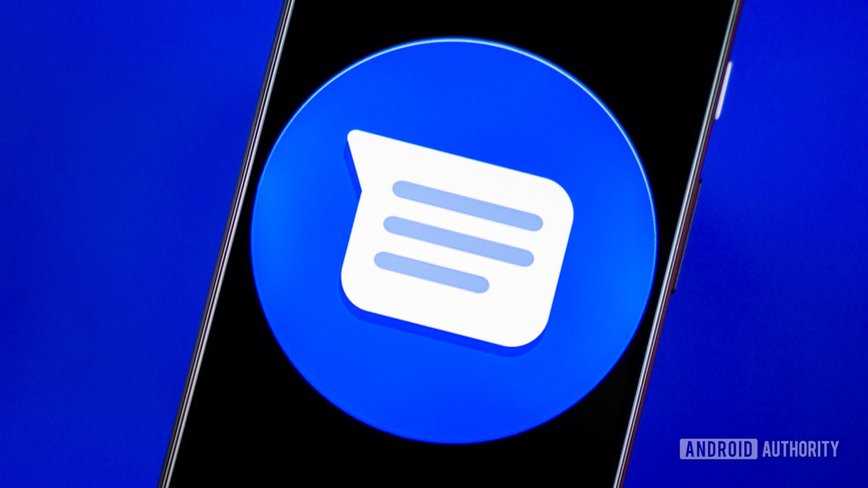
Google'S New Move: Shielding Your Eyes From Unwanted Video Surprises on OnlyLikeFans

Google's New Protective Feature for Videos
Google Messages is taking a significant step to safeguard users from unexpected explicit content in videos. The app, renowned for its seamless messaging capabilities, will now analyze videos and alert users if they contain nudity, expanding its existing Sensitive Content Warnings system. This feature, which previously applied only to images, aims to ensure that users have more control over the content they see.
In August, Google began rolling out sensitive content warnings for images in Google Messages, and plans to extend this feature to videos have been in the works since July. Now, with the October 2025 Play Services update (v25.39), Google officially introduces this feature for videos. However, users should note that implementing new updates can often take time, so some may still be on earlier versions of Play Services.
How the Feature Works
Once available, the feature will function similarly to how it currently operates for images. Google Messages will automatically scan both sent and received videos for nudity without sending the media off the device. This analysis uses SafetyCore, an Android system feature designed to detect explicit content. If nudity is detected in a video, the app will blur the video and give users the option to delete it before viewing, ensuring a safer messaging experience.
“We want to provide our users with the tools to manage their content better and avoid unwanted surprises,” said a Google representative.
To enable this feature, users need to activate the Sensitive Content Warnings option in Google Messages by navigating to their profile icon, selecting Messages settings, then Protection and safety, and finally Manage sensitive content warnings. It's important to highlight that GIFs are not yet included in this protection.
Final Thoughts
As digital communication continues to evolve, tools like these offer users greater control over their online interactions. Google Messages leads the charge in creating a more secure messaging environment, reflecting the tech giant's commitment to user safety and experience. Stay tuned for more updates as this feature starts rolling out to devices worldwide.















